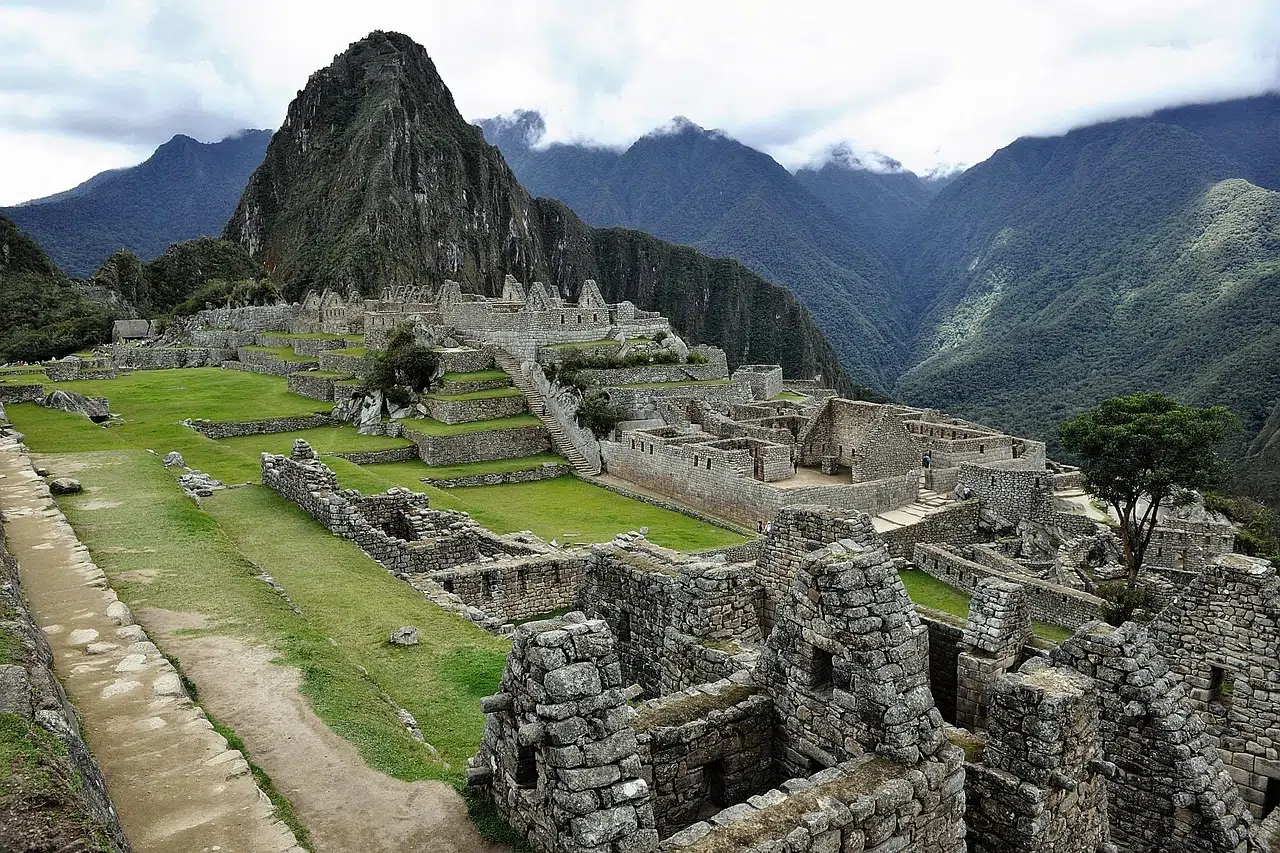Waqrapukara sits at approximately 4,300 meters (14,107 feet) above sea level, an elevation that can impact travelers who aren’t used to high altitudes. At these heights, the air is thinner, which means less oxygen with each breath. This reduced oxygen can lead to altitude sickness, a common condition experienced by many first-time visitors to high-altitude locations in Peru. To enjoy the beauty of Waqrapukara fully, it’s important to understand the effects of altitude and how to prepare for it.
Table of Contents
Recognizing Symptoms of Altitude Sickness
Altitude sickness can vary in severity, from mild symptoms that are manageable to more severe cases requiring immediate attention. Here are some common symptoms:
- Mild Symptoms: Headache, nausea, dizziness, fatigue, and loss of appetite. These symptoms often appear within the first few hours at high altitude and may subside with rest and acclimatization.
- Moderate Symptoms: Increased breathlessness, more severe headaches, difficulty sleeping, and general malaise. At this stage, it’s crucial to take preventive measures to avoid the condition from worsening.
- Severe Symptoms: Difficulty breathing, confusion, inability to walk or stand, and fluid buildup in the lungs or brain (in severe cases). Severe altitude sickness is rare but can be life-threatening, so immediate descent and medical help are necessary.
Knowing these symptoms is the first step toward managing altitude sickness effectively, ensuring that you can enjoy your trek without health complications.
You can also read:
- Waqrapukara Cusco: The Complete Guide to Peru’s Hidden Inca Fortress
- The Ultimate Guide to Humantay Lake Cusco: Everything You Need to Know for Your Adventure
- Palcoyo Cusco: The Complete Guide to the Alternative Rainbow Mountain
- The Ultimate Guide to Rainbow Mountain Cusco, Peru: Everything You Need to Know
Prevention Techniques for Altitude Sickness
To reduce the risk of altitude sickness, several preventative measures can make a big difference. The key is preparing both physically and mentally, giving your body time to adjust to the altitude gradually.
Gradual Acclimatization
Gradual acclimatization is one of the best ways to avoid altitude sickness. Here’s how to approach it effectively:
- Arrive Early in Cusco: Spending two or three days in Cusco, which sits at around 3,400 meters (11,154 feet), helps your body start the acclimatization process before you ascend further to Waqrapukara. Use these days to explore the city and allow your body to adjust.
- Take It Slow: Avoid strenuous physical activities on your first day at high altitudes. Your body needs time to adjust, so take it easy and allow yourself to adapt gradually.
- Consider Staged Ascents: If your travel schedule allows, consider gradually increasing your altitude over a few days. By breaking up the ascent, your body has more time to produce the extra red blood cells needed for oxygen transport.
Diet and Hydration
Proper nutrition and hydration can help reduce the effects of altitude sickness. Keeping your body nourished and hydrated supports optimal functioning, even in high-altitude conditions.
- Stay Hydrated: High altitudes can lead to dehydration due to dry air and increased respiratory rate. Drink plenty of water throughout the day, but avoid excessive caffeine and alcohol, which can exacerbate dehydration.
- Eat Light, Balanced Meals: High-altitude digestion can be slower, so avoid heavy meals. Instead, eat light, balanced meals that include complex carbohydrates, which are easier to digest and help maintain energy levels.
- Coca Leaves and Tea: Coca leaves are traditionally used by locals to help combat altitude sickness. Chewing coca leaves or drinking coca tea can relieve mild symptoms and boost energy. While it’s not a cure, many travelers find it beneficial.
Remedies for Mild Altitude Sickness
If you experience mild symptoms of altitude sickness, there are several ways to alleviate discomfort:
- Rest and Minimize Activity: Resting gives your body time to adjust, especially if you experience mild headaches or nausea. Avoid overexertion, which can worsen symptoms.
- Oxygen Supplements: Portable oxygen canisters are available in Cusco, and while they are only a temporary solution, they can provide relief in moments of shortness of breath. This is particularly helpful during challenging parts of the trek.
- Herbal Remedies: In addition to coca leaves, some travelers find relief with ginger or peppermint tea to soothe nausea. Certain altitude sickness pills, such as acetazolamide (Diamox), may also help if taken before the ascent, but consult with a doctor before use.
When to Seek Medical Attention
Most cases of altitude sickness are mild and can be managed with rest and hydration, but it’s crucial to know when to seek help. Severe altitude sickness can quickly become dangerous and requires immediate action:
- Severe Symptoms: If you or someone in your group experiences severe symptoms—such as confusion, inability to walk, or severe shortness of breath—descend to a lower altitude as soon as possible. Descending even a few hundred meters can significantly improve symptoms.
- No Improvement: If symptoms persist or worsen despite rest and treatment, it may be necessary to seek medical attention. There are clinics in Cusco equipped to handle altitude sickness, and some trekking companies carry oxygen supplies for emergencies.
- Consider Travel Insurance: For peace of mind, consider travel insurance that covers high-altitude trekking and medical evacuation. In the rare event of a serious emergency, insurance ensures you have access to the necessary resources and care.
Conclusion: Staying Safe and Healthy at High Altitude
Trekking to Waqrapukara is a rewarding experience, offering travelers the chance to explore ancient Inca architecture and stunning natural landscapes. To make the most of your journey, it’s essential to prepare for the high altitude by allowing time for acclimatization, staying hydrated, and listening to your body. By understanding altitude sickness symptoms, prevention techniques, and remedies, you can safely navigate the challenges of high-altitude trekking and fully enjoy the breathtaking adventure that Waqrapukara offers.



